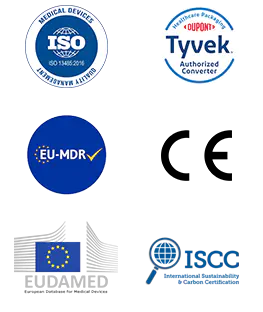Why is medical sterilization packaging so crucial for instrument safety?
In the medical field, sterilization packaging serves as the line of defense in ensuring the safe use of medical instruments. Inadequate packaging can to sterilization failure, instrument contamination, and even severe medical risks. With the advancement of medical technology, requirements for packaging materials have become increasingly stringent. They must not only ensure effective sterilization but also meet comprehensive demands such as environmental sustainability and operational convenience. As a key material for medical packaging, the Tyvek Breathing Bag has become a focus in the industry. Hopeway AMD explores its core advantages in the sterilization process from a technical perspective.
How do the material properties of Tyvek Breathing Bag meet sterilization needs?
The product is made from high-density polyethylene fibers using a specialized process, offering the following key characteristics:
| Feature | Impact on Sterilization Process |
| Excellent breathability | Allows efficient penetration of sterilants such as steam and ethylene oxide, ensuring complete sterilization without dead zones |
| Reliable microbial barrier | Microporous structure effectively blocks environmental microorganisms after sterilization, maintaining instrument sterility |
| Outstanding strength | Tear-resistant properties reduce the risk of packaging damage during transport and storage |
| Lightweight design | Reduces overall packaging weight, optimizing logistics and storage costs |
| Environmentally sustainable | Aligns with green development trends in healthcare; some models are recyclable |
These features allow the bag to perfectly accommodate various sterilization methods, including high-temperature steam sterilization, ethylene oxide sterilization, and irradiation sterilization.
What breakthroughs does the Tyvek Breathing Bag offer compared to traditional materials?
1. How does it ensure more thorough sterilization?
The bag's uniform breathable structure allows sterilants to quickly and evenly penetrate the interior, eliminating sterilization dead zones that may exist with traditional materials. Its breathability is precisely controlled to ensure full sterilant penetration while maintaining a reliable microbial barrier after sterilization.
2. How does it extend the sterile shelf life of instruments?
The material is specially treated to retain breathability while effectively blocking bacteria, fungi, and other environmental microorganisms. Under specified storage conditions, this significantly extends the sterile shelf life of instruments.
3. Why can it adapt to different sterilization methods?
Whether it is high-temperature, high-pressure steam sterilization or low-temperature ethylene oxide sterilization, the product maintains stable physical performance, without deformation or degradation of material properties.
How Does the Tyvek Breathing Bag Optimize Medical Supply Chain Management?
| Aspect | Optimization Effect |
| Storage Efficiency | Lightweight material saves storage space and reduces warehouse costs |
| Transport Safety | Excellent tear resistance minimizes packaging damage during transit |
| Information Management | Surface is easy to print on, facilitating labeling of sterilization dates, batch numbers, etc., improving traceability |
| Operational Convenience | Easy-to-open design simplifies clinical use while maintaining seal integrity before opening |
Which Medical Scenarios Are Most Suitable for Using the Tyvek Breathing Bag?
1. What challenges are faced in surgical instrument packaging?
The sterilization and packaging of surgical instruments are among the critical processes in healthcare facilities. Instruments must undergo strict sterilization procedures before use, and any microbial residue can pose an infection risk. Surgical instruments often have complex shapes and diverse materials, making sterilization and packaging operations challenging. The Bag, with its stable breathability and barrier performance, ensures sterilants evenly penetrate every corner of the instrument for thorough sterilization. Its tear-resistant and durable design provides reliable protection during transport and storage, reducing secondary contamination before, during, and after surgery, offering healthcare teams a dependable solution.
2. What special requirements exist for implant packaging?
Implants such as pacemakers and joint replacement devices require long-term storage and transport, with very high demands on barrier performance and material stability. Packaging must maintain sterility during sterilization and withstand temperature, humidity changes, mechanical friction, and vibrations during storage. The Bag has a uniform and durable structure that maintains barrier properties over time while allowing necessary gas exchange, ensuring implants remain safe and stable throughout storage. This long-term protective capability makes it an ideal choice for implant packaging.
3. How is sterility ensured for laboratory consumables?
In laboratory settings such as cell culture, microbiology experiments, and high-precision analyses, consumables must meet extremely strict sterility standards. Any microbial contamination may compromise results or experiment failure. The Bag provides reliable sterility protection, allowing uniform sterilization through stable breathability. Its strength and barrier properties also ensure that consumables remain uncontaminated during transport and handling. From disposable Petri dishes and pipettes to high-precision laboratory instruments, Tyvek bags offer consistent, repeatable sterilization protection to support high-standard research and medical experiments.
How Will Sterilization Packaging Evolve in the Future? Hopeway AMD Industry Outlook
With advances in medical technology and increased regulatory requirements, the sterilization packaging industry faces new opportunities and challenges:
1.Intelligent Integration: Incorporating technologies such as RFID into packaging for full-process sterilization traceability
2.Environmental Innovation: Developing more sustainable packaging solutions to reduce medical waste
3.Performance Optimization: Further enhancing material protection performance and operational convenience
Hopeway AMD will continue monitoring industry trends, driving innovation in medical packaging technology, and contributing to improved healthcare safety.

 English
English Français
Français Deutsch
Deutsch Nederlands
Nederlands

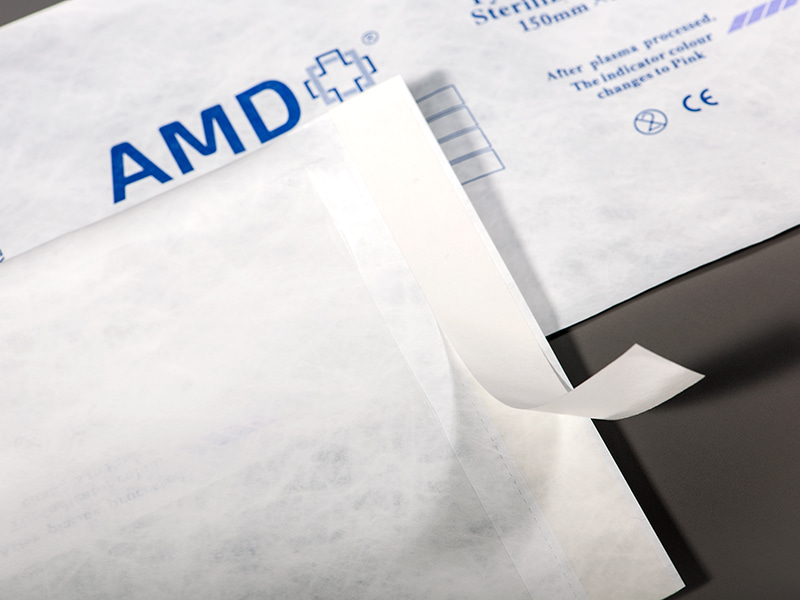
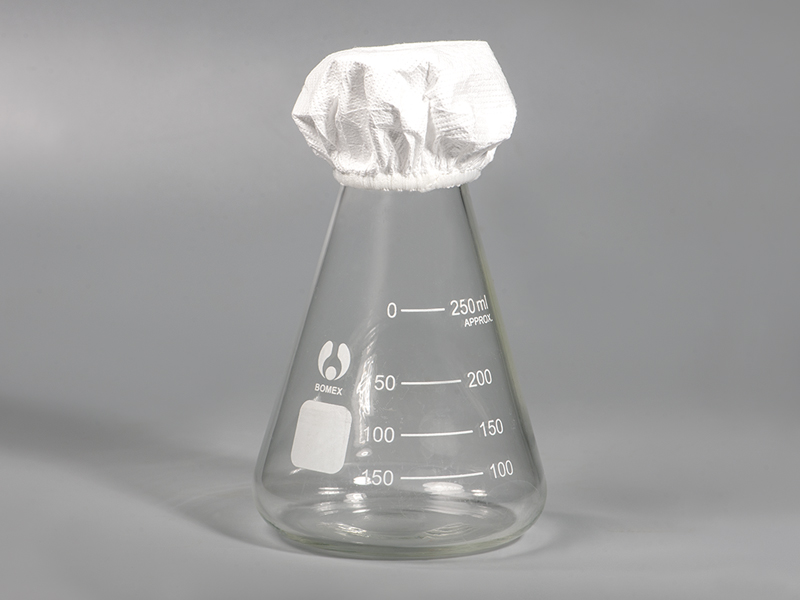
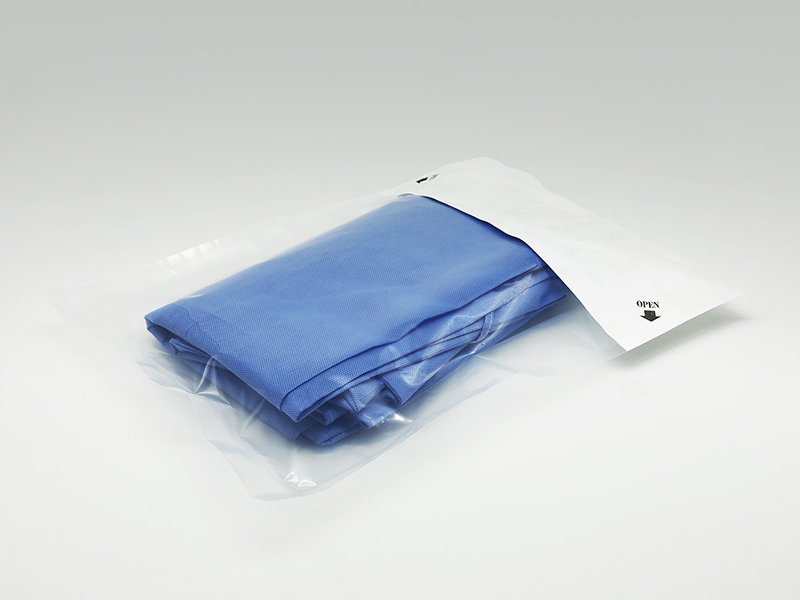


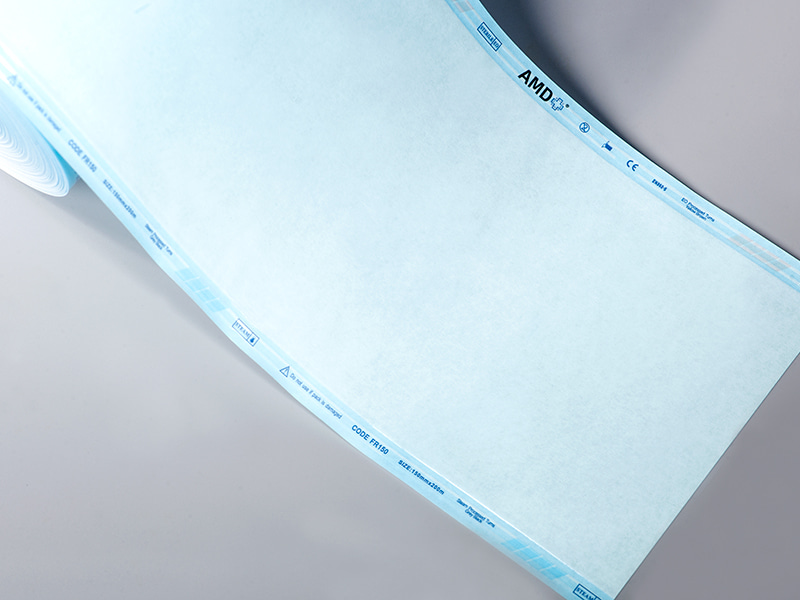
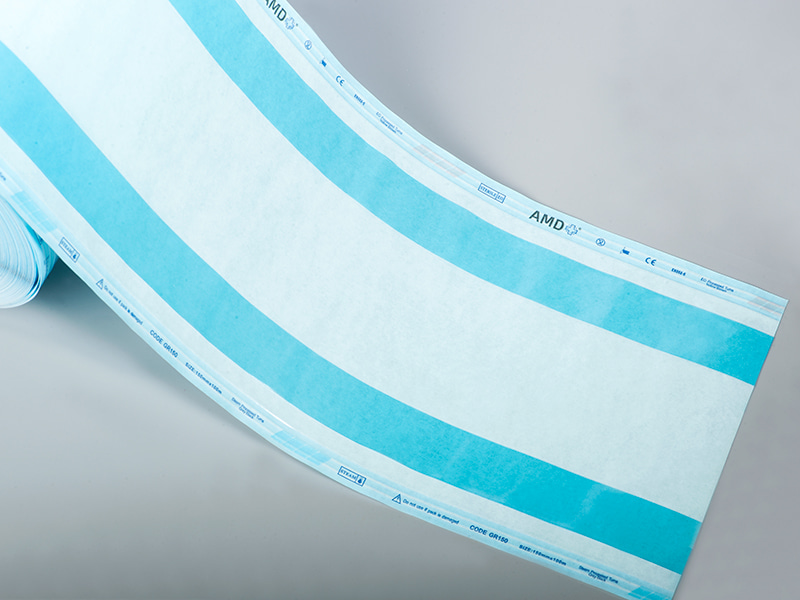
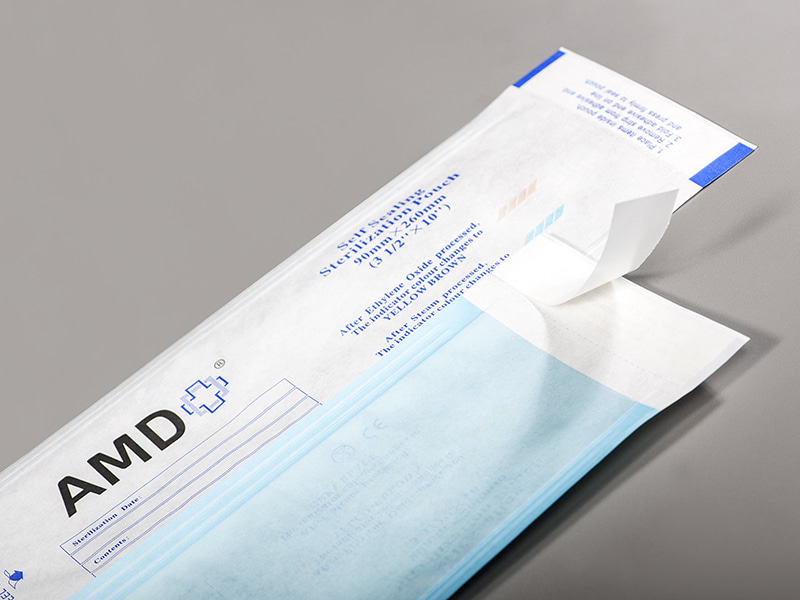
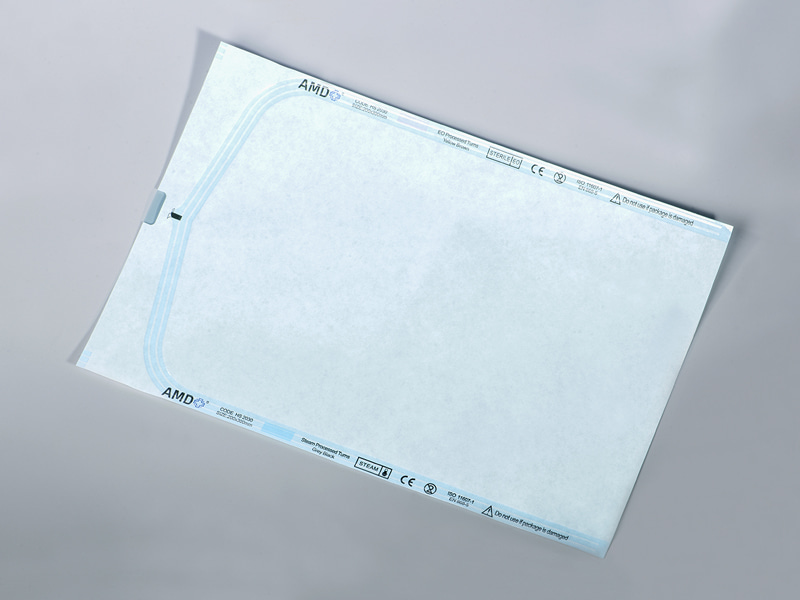
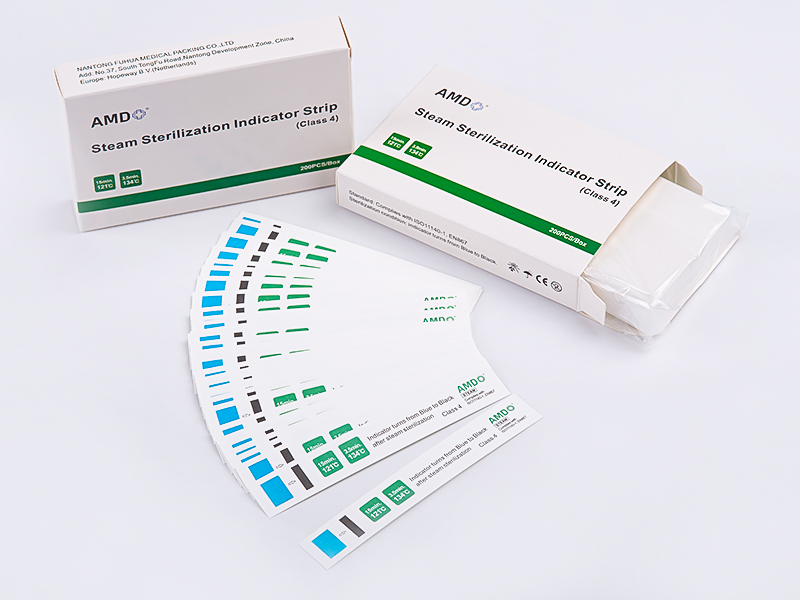
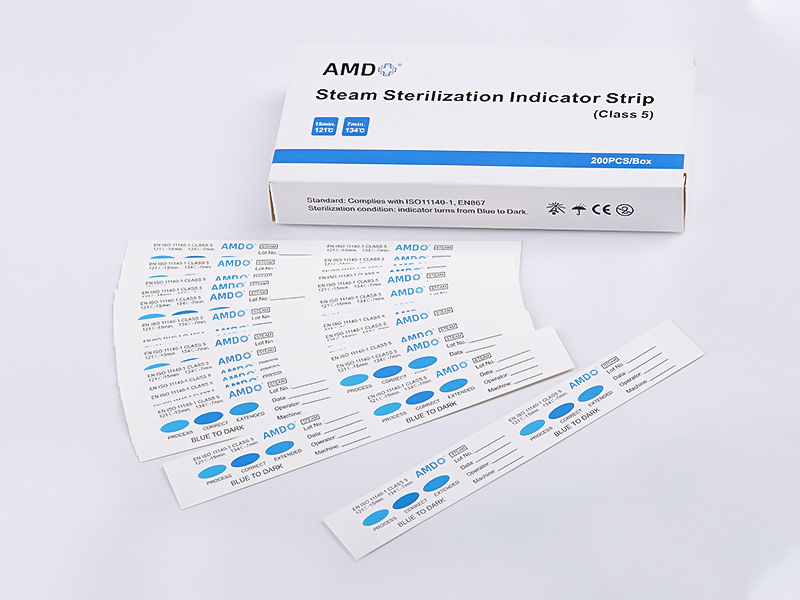

 ‘s-Gravenweg 542, 3065SG RotterdamThe Netherlands
‘s-Gravenweg 542, 3065SG RotterdamThe Netherlands
 +31 (0)10 254 28 08
+31 (0)10 254 28 08
